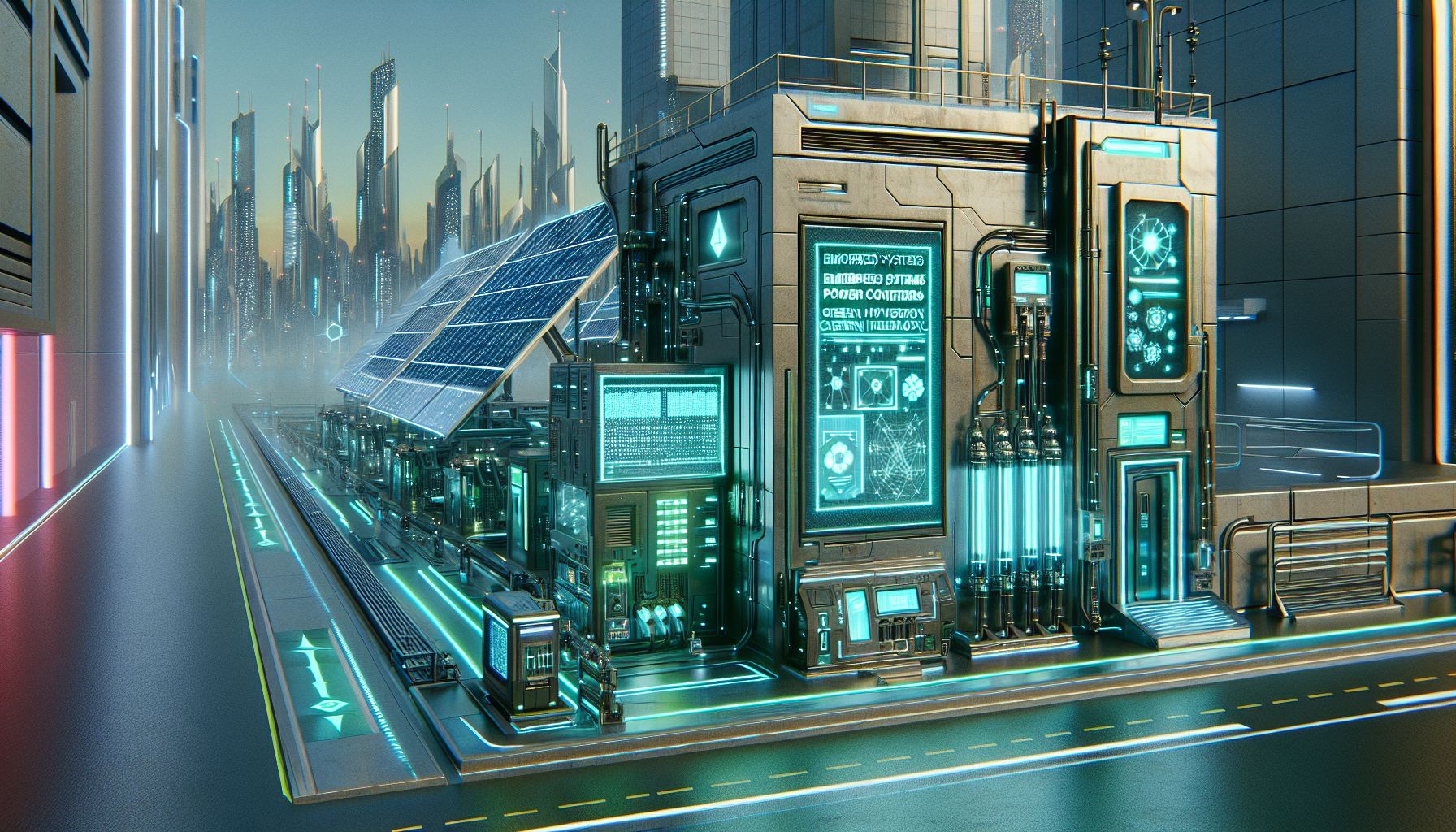Revolutionising Green Hydrogen: Embedded Systems to Boost Solar Efficiency

London, Sunday, 20 July 2025.
Embedded systems and power converters could transform green hydrogen generation using solar energy. By optimising processes with new converter technologies, we edge closer to sustainable energy goals.
A Fresh Spin on Converter Technologies for Green Hydrogen
Recently, innovations in converter technologies like interleaved buck and multilevel converters are making waves in the solar-to-hydrogen generation landscape. These are not just fancy terms; they are the secret sauce in boosting efficiency and stabilising the hydrogen production process [1]. What these converters do is essentially smooth out the power flow, making sure the solar energy gets translated into hydrogen with minimal losses. It’s like having a car with an excellent suspension system, ensuring that you get from point A to point B without spilling your coffee [1].
The Power of Integration: Hardware-in-the-Loop (HIL)
Let’s talk HIL, or Hardware-in-the-Loop. Imagine being able to simulate and tweak your green hydrogen system in real-time without the risk of unplanned hiccups. Companies like National Instruments and dSPACE are leading this integration, allowing engineers to validate advanced control systems before they get their feet wet with physical setups [1]. The potential here isn’t just about avoiding costly snafus but also about achieving peak performance in energy sustainability. I’d say it’s like test-driving a car on a simulator, saving you fuel and nerves [1].
Green Hydrogen: The Cleaner Future We Want
With global energy demand projected to swell by 1.3% a year till 2040, the importance of clean energy sources could not be more pressing [2]. Green hydrogen, produced via water electrolysis using renewable resources like solar, positions itself as a critical player in reducing carbon footprints across sectors like transportation and heavy industry [2]. As the market for green hydrogen balloons to an expected $3.2 billion value and a 39.5% compound annual growth rate (CAGR) by 2030 [2], the implementation of embedded systems in its generation becomes even more significant. It is not just an energy solution; it’s a movement toward a greener, more sustainable world [2].
UK’s Role in the Green Hydrogen Race
The UK isn’t just sitting back; it’s actively investing in hydrogen as seen in the UK’s strategic initiatives like the Hydrogen Allocation Round (HAR2) [3]. These programs signal robust progress and a keen interest in establishing a green hydrogen economy by tackling the crucial hurdles of demand clarity and robust policy frameworks [3]. Scotland, in particular, highlights the vital role green hydrogen could play in balancing the country’s energy resilience and demand management [3]. It’s almost like preparing the perfect recipe for a renewable future, ensuring that every ingredient is just right [3].